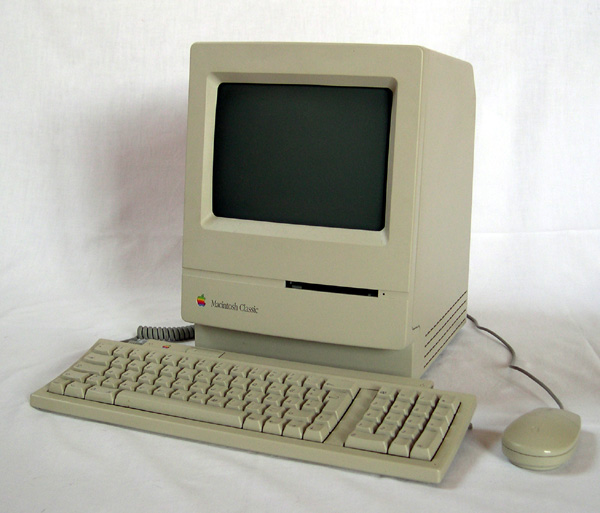Teaching in higher education is my second calling. My first was in an industry that has been radically changed by the advent of modern communication technology.
I was in print.
For many people, if you mention the word ‘printing’, they will say it’s dead. If you search the internet, you are as likely to get information on computer printers or 3D printers, as you are information about the printing industry.
“I never get anything printed anymore” people say. Their desktop printer can handle most things that would have been printed in the past. There is virtually no consumer market for printing. Even business cards have been commoditized to the point where you can order them online for ten bucks. Not surprising, as over the course of history, the ways that we communicate with each other change. And not since Gutenberg have we seen a communications revolution affect the printed page quite so dramatically as the last few decades. And it’s not over yet.
As a teenager, one of my first jobs was running a letterpress printing press. I learned how to cast metal type. Then I moved into composition where the text and images were ‘pasted up’ on boards, using a T-square and right angle.
Then a computer company called Apple created a computer called the Macintosh.

Some printers thought is was a nice toy. It was simplistic, it didn’t work all that well, and while the idea was novel, it wasn’t going to replace the knowledge and expertise of a trained typesetter. Of course, they still had to be highly skilled, but in no time, technology started to change everything they knew. Over the last 30 years, it’s been a bumpy ride for anyone in printed communications. Many companies have failed, highly trained professionals have fallen behind that couldn’t keep up, and newspapers are on their last gasp. But printing is far from dead. It has evolved. Modern printing companies are high-tech, lean, and contribute to a $640 Billion industry worldwide. The companies who are thriving now are the ones that don’t run scared from technology, but openly adapt to it. Was it a blood-letting? Absolutely. Is it over yet? Not at all.
About 6 years ago, after managing to survive and adapt to these changes, I made a career change to higher education, only to see so many of the same warning signs I saw years ago! Technology IS changing the way we teach. Devices infiltrating the classrooms. Distance education is being liberated in both time and space by asynchronous online education. And all I can say to myself is, “didn’t I go through this once already?”
Because I can see that it is following a very similar pattern. And if it even remotely resembles the change that happened in print, then we are in for one long and scary ride. It’s evolve or die, folks. I’m afraid I don’t have any other way to say it. Because not only do I think it’s not over, but really, it’s barely started.
Educators, I implore you to understand this. In the beginning, many printing companies laughed at new technology. They thought that ‘business as usual’ was going to cut it.
It didn’t.
So now, when I hear an educator say that they don’t allow technology in the classroom, it makes me a bit nervous. Of course, there are times when we need to put down our phones and pay attention. But business as usual is not going to survive. We need to meet the learners where they are. We need to engage with the technology that can enhance the learning experience, not detract from it.
Ask yourself: what are you doing in your class to adapt to the changing times? Because there is no way that genie is going back into the bottle. The devices are already in the hands of the learners. And other educators are already using technology to guide students to better learning. What are your plans? Because if I’ve learned anything over the last 30 years, it’s that there’s no going back.
credits:
Macintosh Computer – from Wikimedia Commons, Alexander Schaelss